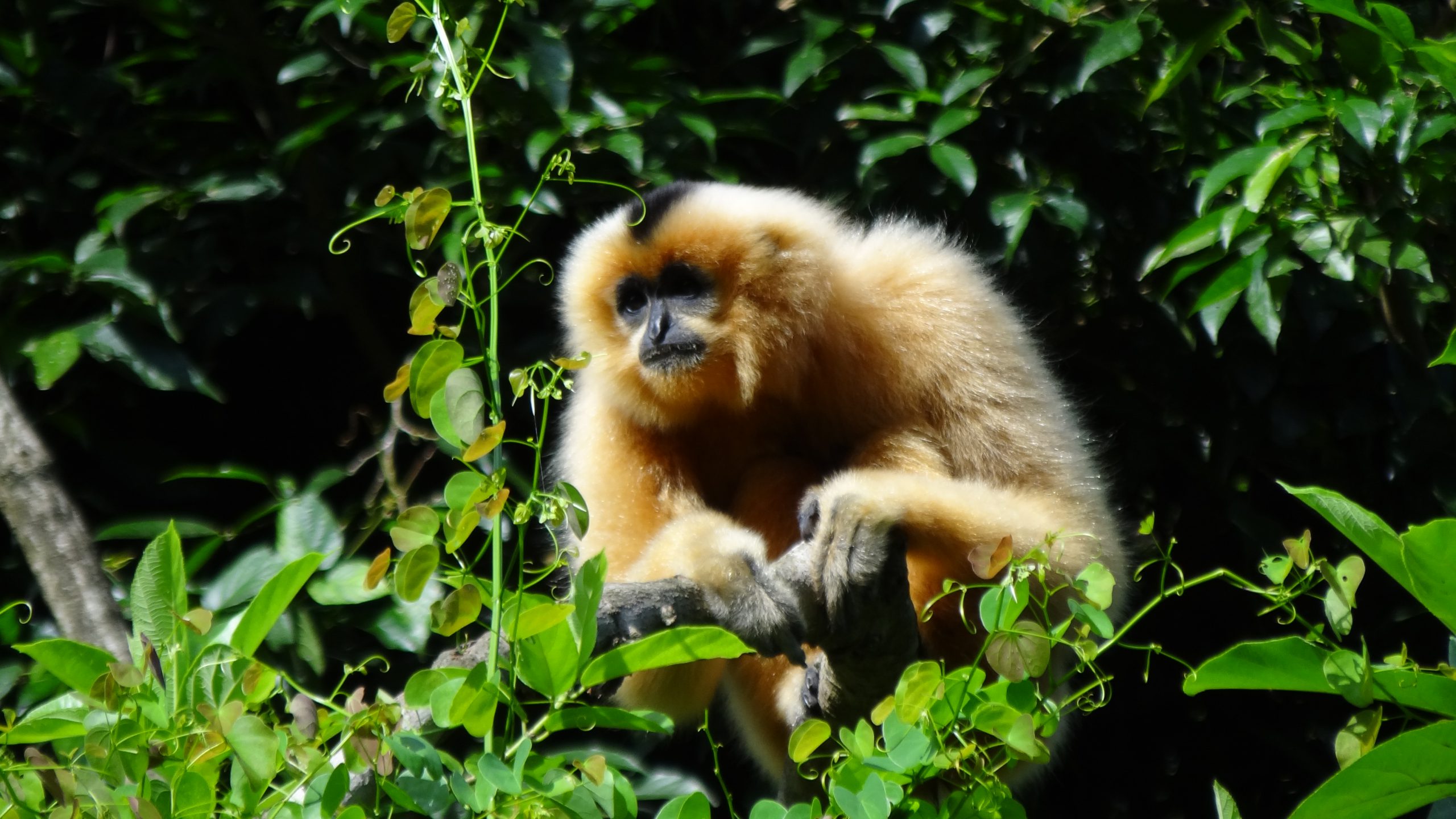
The Greater Mekong Subregion is currently home to 44 primate species, of which 25 live in Vietnam. However, this beautiful and unique animal is facing many threats to survival: habitat loss or fragmentation, climate change and poaching due to illegal consumption and trade. France.
Hanoi – January 5, 2022 – WWF’s new report, “Primates of the Greater Mekong Subregion: Status, Threats and Conservation Efforts” recently released today, notes The amazing diversity of populations of loris, monkeys, langurs and gibbons live in the five countries that share the Mekong – Cambodia, Laos, Myanmar, Thailand and Vietnam. Species detailed in the report include the giant gibbon, discovered in 2017 and the Popa’s langur, known only in 2020. The existence of 44 primate species in the area, including 19 species endemic, is a testament to the high biodiversity of the area. But their conservation status shows that this species is facing a lot of serious threats.
Deforestation, habitat degradation and poaching due to the illegal consumption and trade of wild species have left many primates of the Greater Mekong Subregion on the brink of extinction. A quarter of these species are listed as Critically Endangered on the IUCN World Red List and half of them are on the Endangered Species list. Vietnam has up to 5 endemic primate species, but they are all on the list of 25 Critically Endangered primates globally. More seriously, according to the latest IUCN Red List, the risk of extinction has increased for a quarter of the species, compared with the 2008 assessment. The risk of extinction for the rest of the species has not decreased either.
While the meat of primates is sold for food and the parts are used in traditional medicine, live individuals are marketed as exotic pets or as props for tourists to photograph. The number of legally trafficked primates – often used in biomedical research and drug testing – is also on the rise, estimated to be worth US$138 million in 2015.
The study also predicts that all Asian and African apes and monkeys are at high risk for infection with SARS-CoV-2, the virus that causes COVID-19 in humans today. Infectious diseases of animal origin are often transmitted through frequent and unsafe contact between wildlife and humans during trade. These diseases can then be transmitted back to animals – posing an additional threat to the survival of the species. Both Rhesus macaques and macaques living in the Greater Mekong Subregion have been infected with the SARS-CoV-2 virus in laboratories and have COVID-19 symptoms similar to those found in humans.
Fortunately, many organizations, government agencies and local communities are working tirelessly to protect primates from extinction. WWF is conducting surveys of primate populations in several protected areas, such as the white-handed gibbon in Nam Poui National Reserve in Laos, or the Ha Tinh langur in Thach Hoa district, Vietnam. We also support the implementation of forest patrols in the Central Truong Son area, which borders Laos and Vietnam, to remove animal traps and rescue trapped primates back into the wild.
Connecting fragmented forests and improving forest quality is also a strategy that WWF has consistently implemented over the past 30 years in Vietnam to protect wildlife. Recently, WWF has supported the upgrade of Song Thanh from a Conservation Area to a National Park, the establishment of two Saola Protected Areas in Quang Nam and Thua Thien Hue provinces, and the expansion of protected areas in Quang Nam, Quang Tri and Thua Thien Hue. All these efforts aim to establish a safe corridor for species to thrive.
WWF also conducts public awareness activities about wild species including primates, especially for communities living near their habitats. In addition to providing conservation knowledge, WWF’s campaigns in Vietnam also encourage communities to change behavior and call on local people to participate in the protection of primates in the region.
Many other conservation organizations are also working to protect, research, rescue and restore the unique primate populations in the area. Fauna and Flora International is monitoring and protecting threatened primates in key locations in Vietnam and Myanmar. Cuc Phuong Endangered Primate Rescue Center is rescuing and breeding threatened species to return individuals to the wild. The Little Fireface project is studying loris in the wild while also addressing the trade in loris as pets and photography props for tourists. Organizations like Jahoo Camp in Cambodia and the Gibbon Experience in Laos are finding safe ways for visitors to see and hear primates in the wild, while improving people’s livelihood and reducing hunting pressure.
Mr. Van Ngoc Thinh, Executive Director of WWF-Vietnam, said: “To save primates in the region and help them recover to viable numbers, governments, NGOs, businesses, Industry and local communities urgently need to work together to implement conservation measures for this species. WWF is currently working with primatologists to evaluate primate conservation efforts in Vietnam. There is still a chance to save these unique species populations. But we must act quickly and decisively.”
Source: WWF Vietnam


